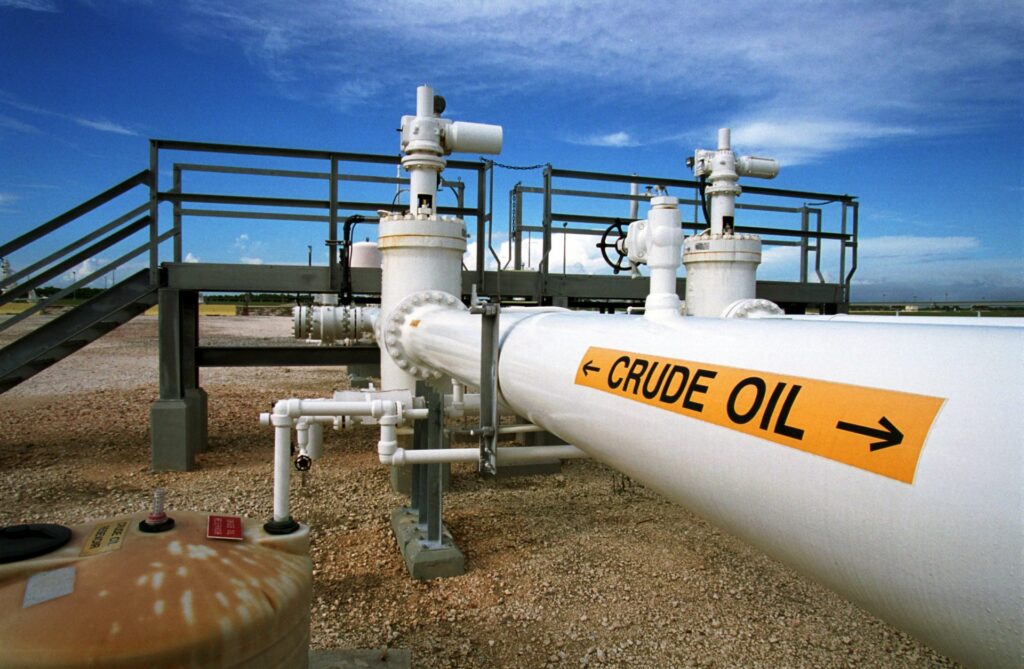The International Energy Agency (IEA) released a report on the oil market medium-term outlook, where it expected structural changes in the oil market amidst the outbreak of the Israel-Iran conflict.
It forecasted that global oil demand will increase by 2.5 million barrels per day (mmbl/d) between 2024 and 2030, reaching the plateau of around 105.5 mmbl/d by the end of the decade.
Furthermore, the report mentioned that the global oil production is expected to grow by 5 mmbl/d reaching 114.7 mmbl/d in 2030 led by Saudi Arabia and the U.S. It attributed this increase to the robust gains in natural gas liquids (NGLs) and other non-crude liquids. The report explained that the shift to higher non-crude capacity is driven by strong global demand for petrochemical feedstocks and the development of liquid‑rich gas resources.
The IEA explained that if OPEC+ oil supply remains at its current level, global oil supply would reach 107.2 mmbl/d by 2030, that is 1.7 mmbl/d higher than previously expected.
According to the IEA, upstream investments are projected to decline by 6% to $420 billion by 2050, primarily due to significant reductions in U.S. light tight oil production. Meanwhile, global production of natural gas liquids (NGLs) is expected to rise by 2.3 mmbl/d, reaching 20.1 mmbl/d by 2030. That accounts for nearly half of the total growth in global oil production capacity.
Following a major escalation in June 2025, when Israel launched an airstrike targeting Iranian infrastructure, global oil markets reacted sharply. Oil prices surged by over 10% amid fears of supply disruptions, particularly through the Strait of Hormuz, a critical chokepoint for nearly one-third of global oil trade.
To date, OPEC+ spare capacity and high global inventories have helped stabilize supply, but the situation remains fluid, with any further escalation likely to cause renewed volatility in oil markets.




